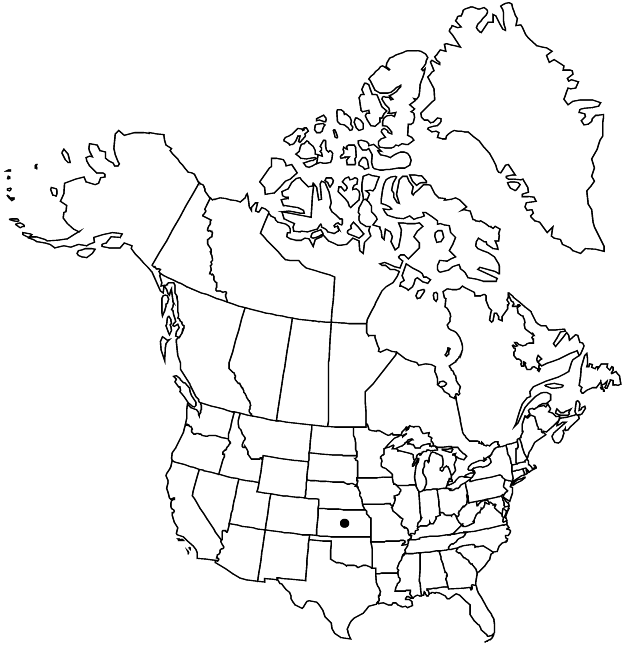Difference between revisions of "Eriogonum helichrysoides"
in B. D. Jackson et al., Index Kew., suppl. 4: 82. 1913.
FNA>Volume Importer |
FNA>Volume Importer |
(No difference)
| |
Revision as of 22:35, 16 December 2019
Shrubs, spreading, not scapose, 1.5–3(–4) × 3–8 dm, floccose and dark green. Stems spreading, often without persistent leaf bases, up to 1/3 height of plant; caudex stems absent; aerial flowering stems erect to slightly spreading, slender, solid, not fistulose, 0.02–0.04 dm, floccose. Leaves cauline, 1 per node; petiole 0.2–0.7 cm, floccose; blade linear to linear-oblanceolate, (2–)3–6 × 0.1–0.3 cm, densely tomentose abaxially, floccose and green adaxially, margins revolute. Inflorescences cymose, compact, 0.5–1.3(–1.6) dm; branches dichotomous, floccose to nearly glabrous; bracts 3, scalelike, triangular, 0.5–2 mm. Peduncles absent or erect, 0.5–2.5 cm, floccose. Involucres 1 per node, turbinate, 2.5–3 × 1–2 mm, floccose or glabrous; teeth 5, erect, 0.3–0.6 mm. Flowers 2–2.5(–3) mm; perianth white, becoming rose, glabrous; tepals connate proximal 1/4, essentially monomorphic, elliptic to obovate; stamens exserted, 2.5–4.5 mm; filaments sparsely pilose. Achenes brown, 2–2.5 mm, glabrous.
Phenology: Flowering Jul–Sep.
Habitat: Clay slopes or chalky limestone outcrops, mixed grassland communities
Elevation: 900-1100 m
Discussion
Eriogonum helichrysoides is limited to west-central Kansas (Ellis, Gove, Lane, Logan, Scott, and Trego counties). The plants’ dark green color and narrow leaf blades readily segregate the species from E. effusum.
Selected References
None.
